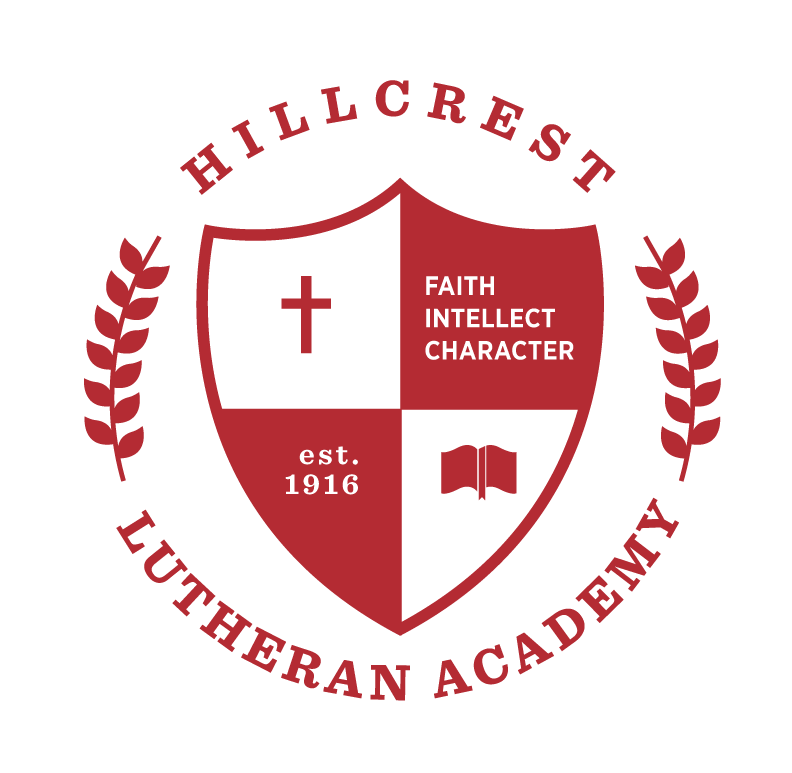The Power of Catechesis and Liturgical Chants in Classical Learning
Students rose to their feet in Mrs. Foss’ class, starting their class with a framing habit, a catechesis, that positions their hearts, minds, and body of students for learning. This habit isn’t simply about memorizing facts for an assignment, it is about formation. The classical approach is deeply rooted in the traditions of the church and the wisdom of the past, and seeks to shape students in both intellect and virtue for freedom. One of the most powerful tools in this process is catechesis, reinforced through the use of liturgical chants that frame history and biblical narratives in a rhythmic, memorable way. These tools provide a structure, or scaffolding, that helps students understand not just what happened in the past, but why it matters and how it connects to their lives today to build ideas, arguments, and a way of life.
Scaffolding Learning Through History and Story
Classical education recognizes that students learn best when they build on a foundation of established knowledge. Similar to how a house requires scaffolding before walls and beams are put into place, a student’s understanding of the world is strengthened when they can frame new information within a larger historical and theological framework. At Hillcrest, students don’t learn history as a fragmented collection of dates and events, they chant through the timeline of civilization, church history, and theology internalizing the grand narrative of human history and how successful movements have aligned their hearts and minds in sound doctrine.
These chants, echoing the longstanding tradition of oral learning in the church, serve as anchors for deeper exploration. When students recite, “In the beginning, God created the heavens and the earth,” they are not just reciting words; they are laying the foundation for understanding theology, philosophy, and even scientific exploration. By repeatedly engaging with these core truths in a structured, rhythmic manner, students cultivate a sense of historical and spiritual continuity.
Catechesis and Contextualized Learning
Hillcrest students also engage in catechesis, the structured teaching of doctrine through question-and-answer formats. The beauty of catechesis is that it does not merely provide answers but teaches students how to think. The repetitive, communal practice of catechesis instills theological truths that shape the moral and intellectual framework of students.
Inside Hillcrest’s classrooms, catechesis becomes a launchpad for critical discussion. When students learn the question, “What is the chief end of man?” and answer, “To glorify God and enjoy Him forever,” they are not just repeating words, they are setting a foundation for discussions on ethics, beauty, and purpose. When a literature teacher later leads a discussion on The Iliad or Paradise Lost, students can engage with these texts with an understanding that human purpose is not merely survival or success but something greater. They are equipped to analyze stories through the lens of an overarching divine purpose.
Moving Beyond the Test: Exercising Knowledge for Life
At Hillcrest, learning is never just about checking off facts for an exam. Instead, the goal is to propel students to practice, manipulate, and exercise their knowledge. When history is framed through chants and catechesis, it moves beyond the textbook and into active, lived experience. Students recognize that what they learn about Rome, the Reformation, or the American Founding has implications for how they think about society today.
By using scaffolding methods such as chants and catechesis, Hillcrest teachers guide students to apply their knowledge, to debate, write, and create in ways that shape culture. A history discussion doesn’t just stop with remembering the timeline of the Middle Ages; it transitions into an analysis of modern government. A theology lesson doesn’t merely define justification; it sparks reflection on how grace transforms daily life.
Most importantly, this model of learning fosters students who are not just consumers of information but participants in God’s story. They learn that education is not about personal achievement alone but about using knowledge to build and encourage society. Hillcrest students see that their studies are not isolated academic exercises but part of their greater calling to be thoughtful, discerning, and faithful stewards of truth.
A Tradition That Forms the Future
By integrating catechesis and liturgical chants into the classical model, Hillcrest Academy is forming students who understand that knowledge is not static—it is meant to be used, lived, and shared. Through scaffolding, students build upon a foundation that allows them to engage with complex ideas, not as disconnected pieces of information but as interconnected truths that shape how they live and contribute to the world.
In the end, the classical education at Hillcrest is not simply about learning facts but about forming whole persons—rooted in history, firm in faith, and equipped to impact the world with wisdom and grace.

